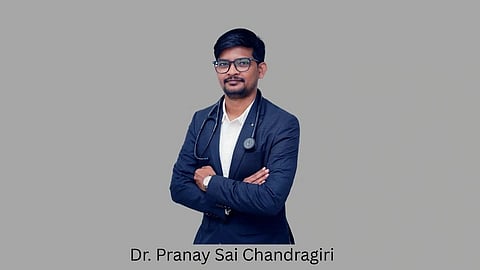Tuberculosis (TB), once considered a disease associated with poverty and overcrowded living conditions, remains one of India’s most persistent public health challenges. According to the WHO Global TB Report, 2023, India accounts for nearly 27 percent of the world’s tuberculosis cases, making it the largest contributor to the global TB burden.
Despite decades of medical progress, national control programmes and global efforts to eliminate TB, the infection continues to affect millions of people every year, cutting across economic, geographic and social boundaries. In 2025, TB is no longer a concern limited to vulnerable communities; it has become a widespread threat driven by weakened immunity, lifestyle-related illnesses, and increased exposure in crowded environments.
To understand why TB continues to thrive in modern India, and what must change to reduce its burden, MedBound Times connected with Dr. Pranay Sai Chandragiri, Consultant Interventional Pulmonologist at Yashoda Hospitals, Malakpet, Hyderabad (M.B.B.S; M.D Pulmonary Medicine; D.M AIIMS New Delhi Pulmonary, Critical Care & Sleep Medicine). In this in-depth discussion, Dr. Pranay shares insights on risk factors, treatment challenges, misconceptions, drug resistance, and community support.


